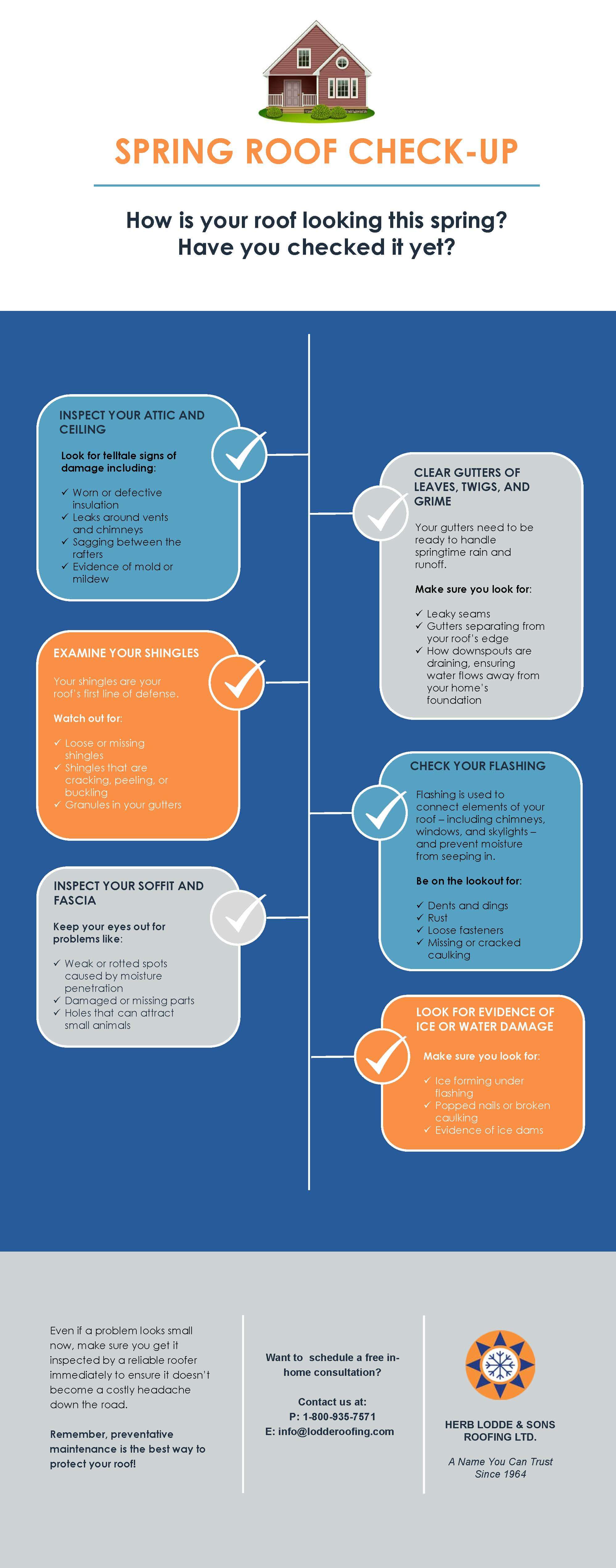Recognizing Photovoltaic Panel Modern Technology And Just How It Functions: A Beginner'S
Recognizing Photovoltaic Panel Modern Technology And Just How It Functions: A Beginner'S
Blog Article
Author-Jain Eskildsen
So, you've heard about photovoltaic panels and their prospective to create electrical power from sunlight, however how precisely do they work? Recognizing residential home solar panels behind solar panels can be a fascinating journey into the globe of renewable resource. From the fundamental concepts of solar batteries to the detailed elements that make up a photovoltaic panel system, there's an entire realm of understanding waiting to be checked out. Let's unravel the secrets of photovoltaic panel innovation with each other.
Solar Panel Modern Technology Basics
To absolutely realize the essence of photovoltaic panel technology, you should look into the fundamental concepts that underpin its performance. Photovoltaic panel include photovoltaic cells, usually made from silicon, which have the amazing capacity to transform sunshine into electricity via the photovoltaic or pv effect. When sunlight hits the cells, the photons in the light interact with the silicon atoms, creating the electrons to damage devoid of their atomic bonds. This creates an electrical current that can after that be harnessed for powering different devices.
The essential part of photovoltaic panels is the semiconductors within the photovoltaic cells, which help with the conversion of sunshine into usable electrical energy. These semiconductors have both positive and negative layers, developing an electric area that allows for the circulation of electrons.
This circulation of electrons, when attached in a circuit, creates straight present (DC) electrical power. Understanding these basic principles is crucial for appreciating just how solar panels can harness the sun's power to power homes, organizations, and even satellites in space.
Just How Solar Panels Generate Electricity
Photovoltaic panel harness the sun's energy by transforming sunlight into electrical energy via a procedure known as the photovoltaic or pv impact. When sunlight strikes the solar panels, the photons (light particles) are soaked up by the semiconducting materials within the panels, typically made of silicon. This absorption creates an electric existing as the photons knock electrons loose from the atoms within the material.
The electric fields within the solar batteries then require these electrons to move in a details instructions, creating a straight current (DC) of electrical power. https://solar-power-inverter-for43208.blogoscience.com/37281616/discover-the-effect-of-shading-on-your-photovoltaic-panel-s-performance-and-gain-valuable-understandings-on-exactly-how-to-maximize-their-energy-outcome-for-maximum-efficiency is after that gone through an inverter, which converts it right into alternating existing (AIR CONDITIONING) power that can be used to power your home or company.
https://codyvbiou.wssblogs.com/31173020/from-unbeliever-to-fan-how-i-ended-up-being-a-champion-of-renewable-energy produced by the photovoltaic panels can be kept in batteries for later usage or fed back into the grid for credit report with a procedure called web metering. Understanding how solar panels create electrical energy is vital to appreciating the ecological and cost-saving advantages of solar energy systems.
Comprehending Solar Panel Parts
One critical element of solar panel technology is comprehending the numerous parts that make up a solar panel system.
The key parts of a solar panel system consist of the solar panels themselves, which are made up of photovoltaic cells that transform sunshine into power. These panels are installed on a structure, typically a roof, to record sunlight.
Along with the panels, there are inverters that convert the direct present (DC) electrical energy generated by the panels right into rotating present (AC) electricity that can be used in homes or organizations.
The system likewise includes racking to support and position the photovoltaic panels for optimal sunlight exposure. Moreover, cords and adapters are necessary for transporting the electrical power generated by the panels to the electrical system of a building.
Last but not least, a monitoring system may be consisted of to track the efficiency of the photovoltaic panel system and ensure it's functioning successfully. Recognizing these components is essential for anyone wanting to install or make use of solar panel modern technology properly.
Final thought
Since you comprehend the basics of photovoltaic panel innovation and just how it works, you can value the power of taking advantage of sunlight to create clean and renewable resource for your building. By using the photovoltaic or pv impact and components like inverters and keeping an eye on systems, you can add to a more lasting future while likewise potentially reducing power prices. Maintain understanding and discovering the opportunities of solar energy for a greener tomorrow.
